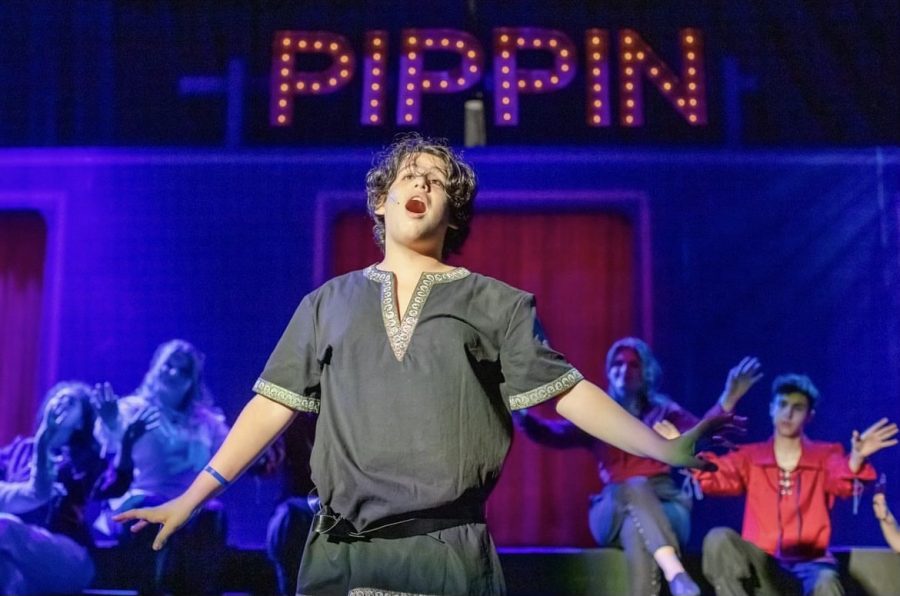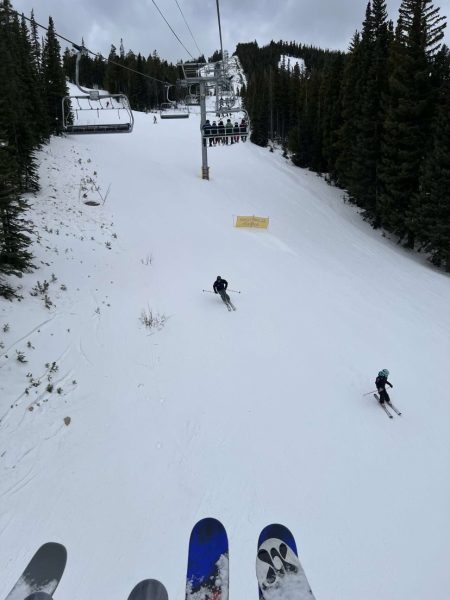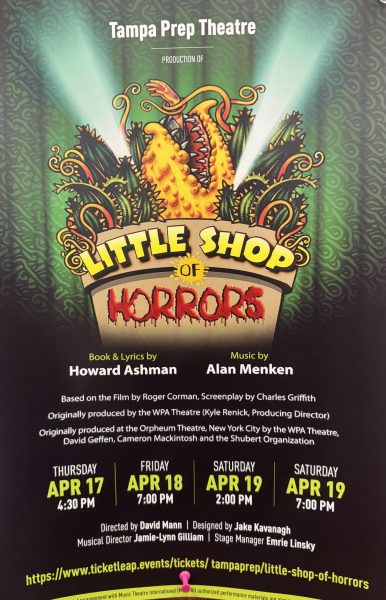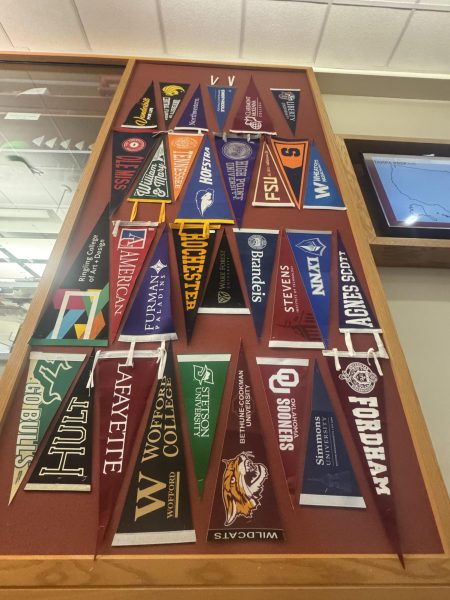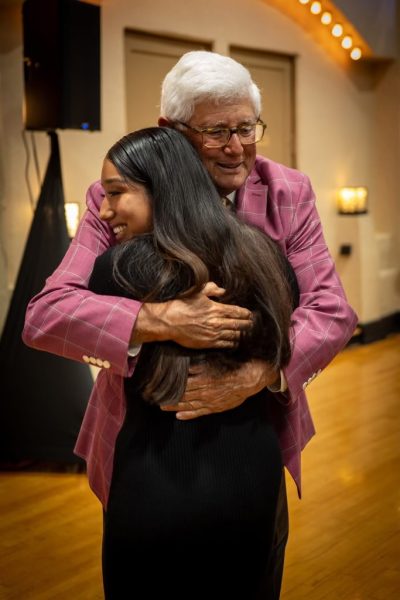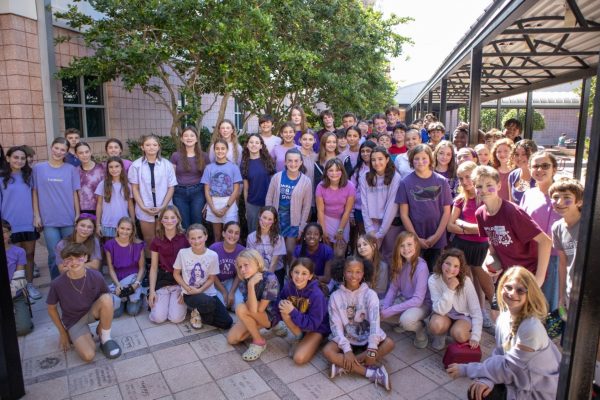TP Pippin: The Show That Says It All
The spring musical, Pippin, was recently put on by high schoolers, from February 9th to February 11th. In total, there were four shows, one February 9th after school, one on February 10th after school, and two on Saturday February 11th, with one being an afternoon show and one being an evening show. All in all, Pippin involved many parts, from the actors with line memorization work to the crew involved in creating the set, each part coming together for the four shows of Pippin.
“The idea of the set was pretty easy, but making it come to life was a lot harder,” Alexandra Cooper, ‘23, the crew chief of the backstage crew said.
For the backstage crew, their job included creating all of the props for the stage, helping out with costumes as needed, managing sound, and lighting.
“First, we made a mini model of the set, which was easy, but there were over 300 lightbulbs in the set,” Cooper said.
The jobs of the backstage crew varied, each with it’s own set of challenges, but what was believed by both the backstage crew and the cast to be the biggest challenges was the time commitment Pippin took.
“Pippin itself was fun, but the biggest challenge with it was the late night rehearsals as in the days leading up to the show, we continued to have to stay late and late,” Gaby Richter, ‘24, one of the cast members of Pippin said.
The backstage crew and the cast alike had rehearsals until 9 PM in the last nights leading up to the show.
“While challenging as rehearsal times went on for so long, it was worth it in the end to see it all come together,” Richter said.
Tech Week, one of the final weeks leading up to Pippin, was where the cast would run through the entire play, with the backstage crew running the show backstage with lights, props, and anything else required. Tech Week, however, marked it being close to closing of Pippin as it was auditions that signified the very beginning of Pippin.
“Even though Pippin took place in February, the auditions for Pippin took place in November,” Richter said.
The timeline for Pippin was auditions in November, with practices beginning shortly after Thanksgiving Break, with rehearsal times continuing to extend to be longer and longer. Originally, practices ended around 5:30, but in the final nights leading up to Pippin, rehearsals went until 9.
With Pippin requiring commitments to late rehearsals from both the cast and the backstage crew alike, the show delivered was nothing short of something to put on a show so “eye-opening”, “jarring”, and “unique” as Richter described it.

